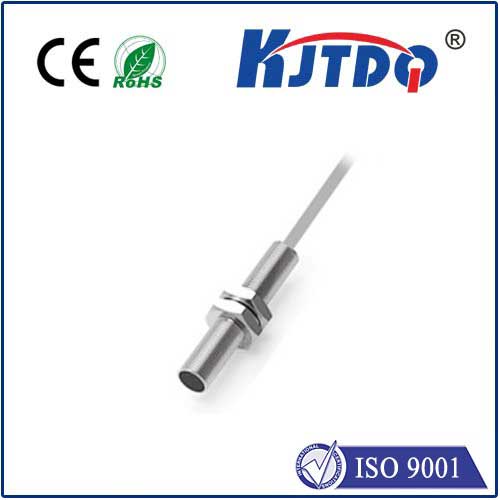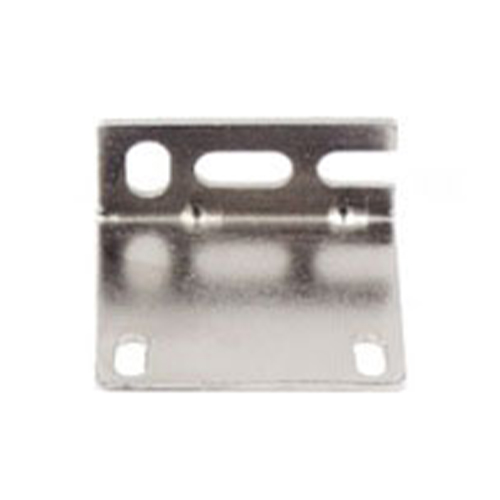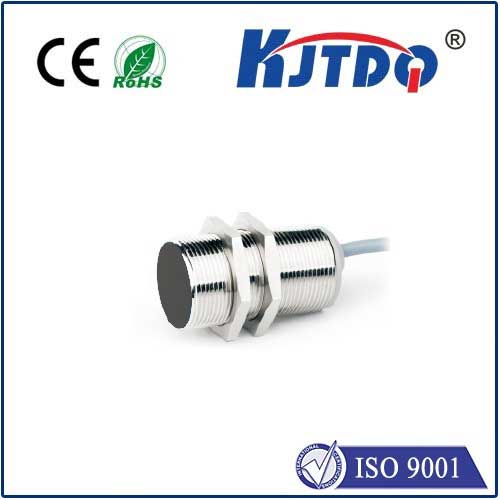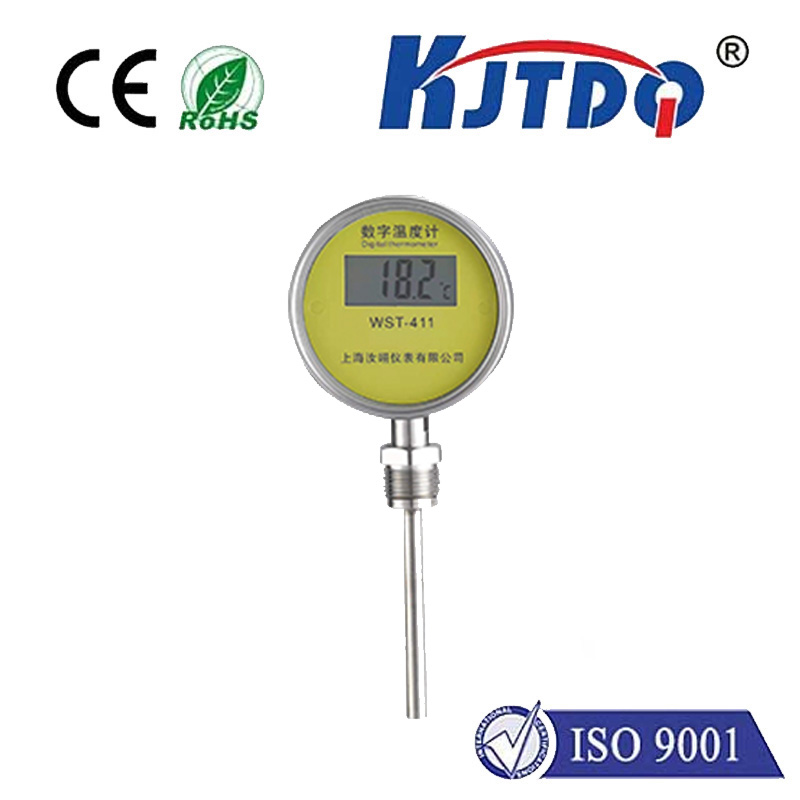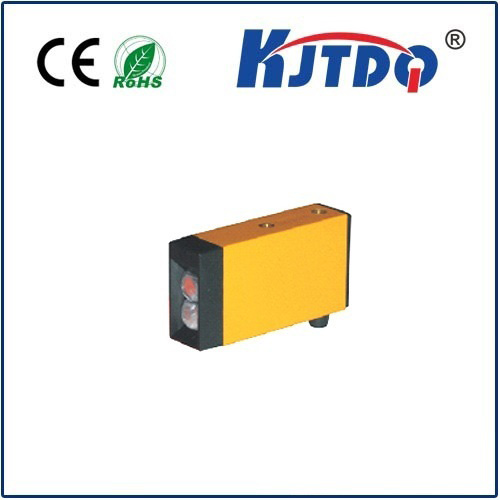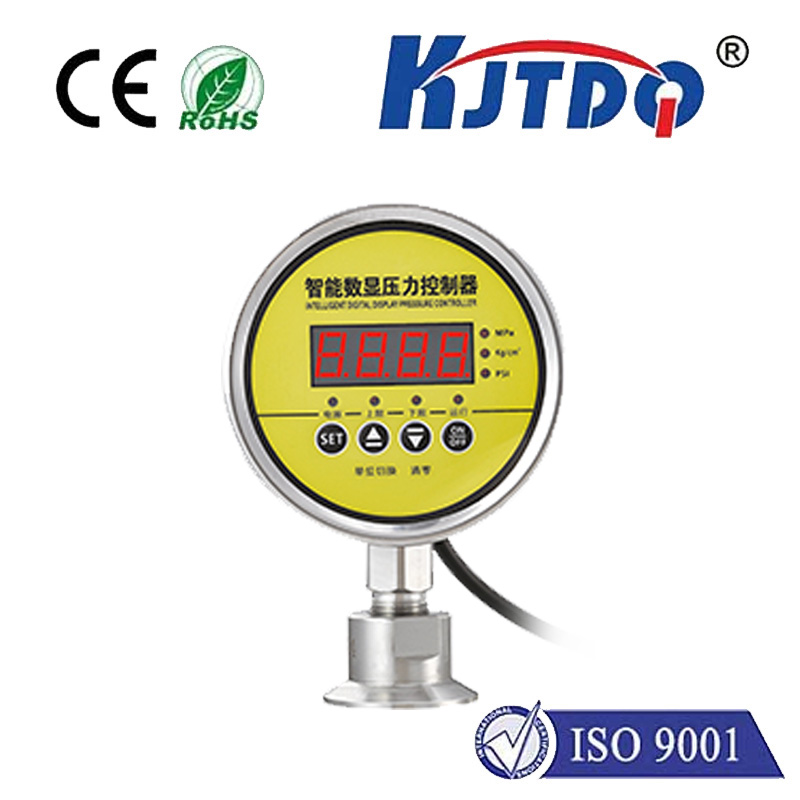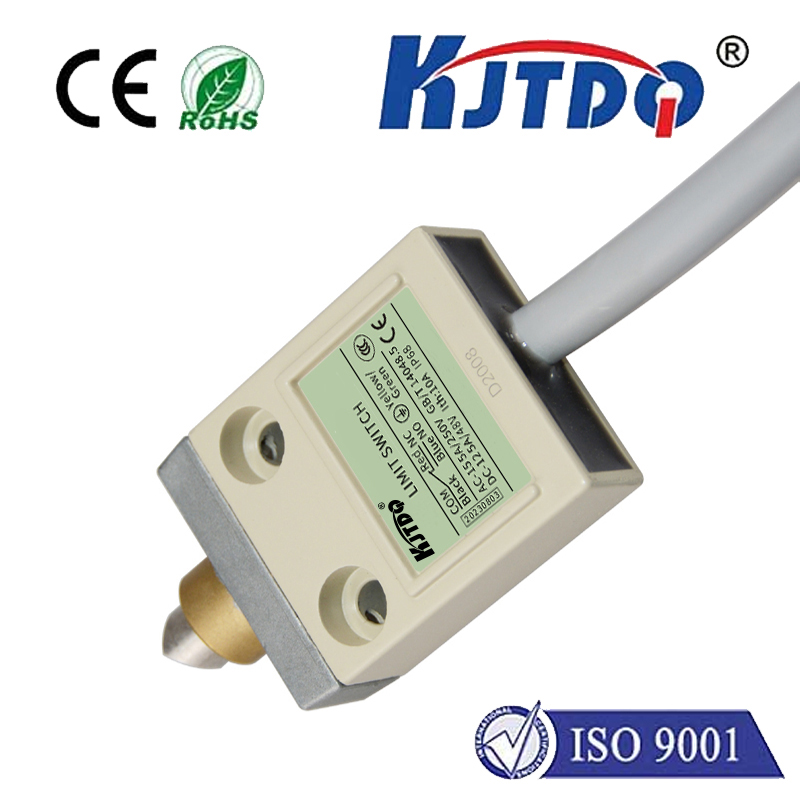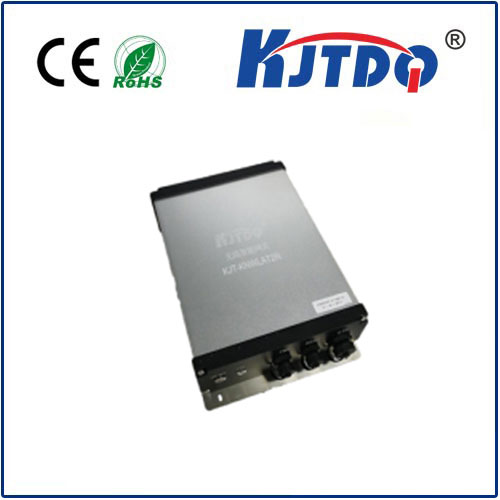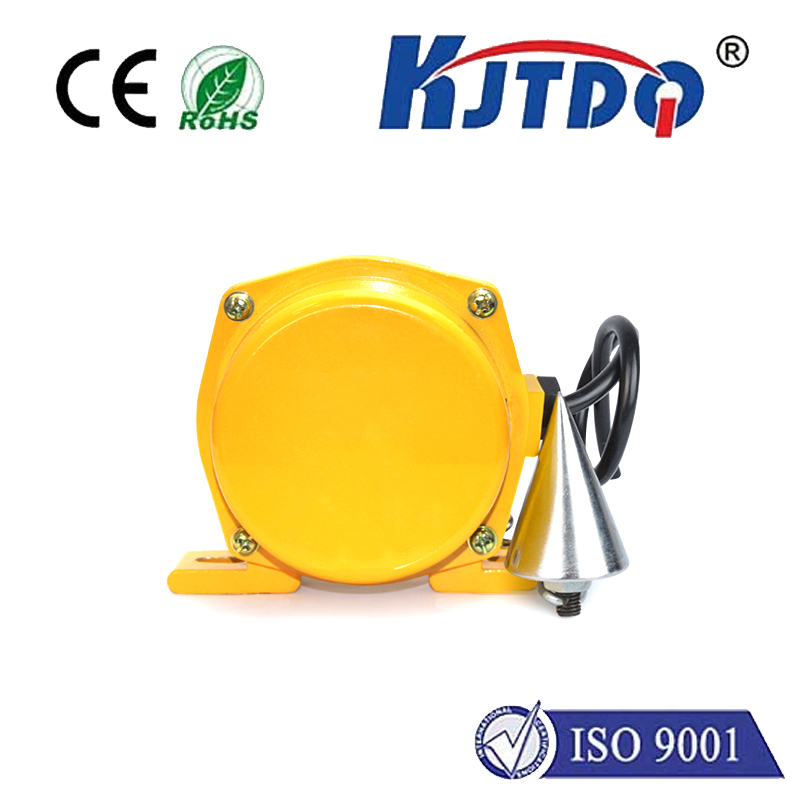linear proximity sensor
- time:2025-06-14 00:12:08
- Нажмите:0
Linear Proximity Sensors: The Silent Guardians of Precision Measurement
Imagine a high-speed robotic assembly line. Components whiz by, robotic arms move with blinding speed, and precision is measured in microns. One misaligned part, one actuator slightly out of position, and the entire process grinds to a halt, costing time and money. What invisible force ensures everything stays perfectly aligned, detecting minuscule deviations before they become catastrophic failures? Enter the linear proximity sensor – the unsung hero of modern automation and countless applications demanding non-contact distance measurement.
What Exactly is a Linear Proximity Sensor?
At its core, a linear proximity sensor is an electronic device designed to measure the straight-line distance (hence “linear”) between its sensing face and a target object without physical contact. Unlike simple on/off proximity switches, linear sensors provide a continuous, analog output signal (typically voltage or current) that changes proportionally to the distance of the target. This makes them invaluable for tasks requiring precise positional feedback, displacement monitoring, or vibration analysis.
How Do They Achieve This Magic?
The most common technology underpinning industrial linear proximity sensors is inductive sensing, specifically based on eddy currents.

- The Core Principle: The sensor head contains a coil driven by a high-frequency oscillating electrical current. This creates a high-frequency electromagnetic field emanating from the sensing face.
- Eddy Currents: When a conductive target (usually metal – ferrous or non-ferrous) enters this electromagnetic field, it induces circulating electrical currents called eddy currents within the target material itself.
- Damping Effect: These eddy currents generate their own opposing electromagnetic field, which interacts with the sensor’s original field. This interaction effectively “damps” or reduces the amplitude of the oscillation within the sensor’s coil circuit.
- Distance Correlation: The degree of this damping effect is directly proportional to the distance between the sensor face and the target. As the target gets closer, damping increases significantly; as it moves away, damping decreases.
- Signal Processing: Sophisticated electronics embedded within the sensor convert this change in oscillation damping into a precise, linearized, analog output signal. Common outputs are 0-10V, ±10V, or 4-20mA, providing a continuous readout of the target’s position relative to the sensor.
Why Choose Linear Proximity Sensors? Key Advantages Explored
Their widespread adoption is no accident. Linear proximity sensors offer compelling benefits:
- Non-Contact Operation: Eliminates wear and tear on both the sensor and the target, ensuring long operational life and requiring minimal maintenance. No friction, no mechanical fatigue.
- High Precision & Resolution: Capable of detecting minute changes in position, often down to sub-micron levels. This high resolution is crucial for demanding applications like semiconductor manufacturing or precision machining.
- High Repeatability: They deliver exceptionally consistent measurements cycle after cycle. Repeatability is often their most critical performance metric.
- Ruggedness & Environmental Resilience: Typically housed in robust stainless steel bodies, they are resistant to dust, dirt, oil, moisture, and high-pressure washdowns (often rated IP67, IP68, or IP69K). Temperature stability is also a key design focus.
- Infinite Resolution: As analog devices, they provide a continuous range of values, unlike digital switches which only offer discrete states (on/off).
- High Response Speed: Capable of tracking very fast-moving targets or rapid vibrations, thanks to the absence of moving mechanical parts.
- Immunity to Surface Conditions: Performance is generally unaffected by the target’s surface finish (within reason), dirt, or moisture film, unlike some optical sensors. However, the target material and size must be considered.
Where Do Linear Proximity Sensors Shine? Diverse Applications
Their ability to provide precise, non-contact distance measurement makes them indispensable across numerous sectors:
- Industrial Automation & Robotics: Monitoring robot arm positions, verifying part presence and placement, controlling end effectors, checking for alignment in assembly lines, and guiding automated guided vehicles (AGVs).
- Machine Tooling & Metalworking: Precisely measuring tool wear, monitoring spindle runout, controlling feed rates, and verifying workpiece position on CNC lathes and milling machines.
- Hydraulics & Pneumatics: Monitoring cylinder rod position for closed-loop control, detecting piston end-of-stroke, and verifying valve spool position. Condition monitoring of system health.
- Перевозка материалов: Gauging thickness of metal sheets, films, or paper during production.
- Power Generation: Monitoring turbine shaft position, vibration analysis in rotating machinery, and measuring thermal expansion in critical components.
- Automotive: Testing suspension travel, measuring brake disc thickness variation (runout), and verifying component positioning during assembly.
- Semiconductor Manufacturing: Requiring the highest levels of precision for wafer positioning and stage control.
Key Considerations When Selecting a Sensor
Choosing the right linear proximity sensor involves understanding your specific needs:
- Measuring Range: The distance over which the sensor provides a linear output. Select a range that comfortably encompasses the target’s expected travel with some margin.
- Target Material & Size: Inductive sensors require conductive targets (primarily metals). Different materials (steel, aluminum, copper) have different effects on sensitivity and range. The target must also be large enough relative to the sensor’s sensing face diameter.
- Output Signal: Voltage (e.g., 0-10V, ±10V) or current (e.g., 4-20mA). Consider noise susceptibility, cable length requirements, and compatibility with your control system (PLC, DAQ).
- Accuracy, Linearity & Repeatability: Define the level of precision required. Repeatability (how consistently it returns to the same reading at the same point) is often more critical than absolute accuracy for control applications. High repeatability is a hallmark of quality sensors.
- Resolution: The smallest detectable change in distance.
- Response Time/Frequency: How quickly the sensor can react to changes in distance. Crucial for high-speed applications or vibration measurement.
- Environmental Conditions: Temperature range, presence of chemicals, humidity, pressure, and potential electrical interference. Ensure IP rating and material compatibility (e.g., stainless steel housing) meet the demands.
- Mounting & Mechanical Interface: Size, shape, thread type (e.g., M8, M12, M18), and required mounting clearances.
- Temperature Drift: How much the output signal changes with ambient temperature fluctuations. Lower drift means better stability.
Beyond Inductive: Other Technologies
While inductive dominates, other technologies exist for specific needs:
- Capacitive: Detect both conductive and non-conductive targets (plastics, liquids, powders). Often used for level detection or where metal isn’t present. Typically less robust than inductive in harsh environments.
- Ultrasonic: Use sound waves, suitable for longer ranges and detecting various materials. Performance can be affected by temperature changes, air currents, and target surface angle.
- LVDT (Linear Variable Differential Transformer): Offer very high precision and long ranges but are contact sensors using a mechanical core.
Обеспечить оптимальную производительность
Proper installation is paramount

